If you’re looking to adopt a suitably-sized, apartment-friendly Doodle, you’ve likely come across the loveable Mini Goldendoodle. Based on one of the founding Doodle types, Mini Gs were first purposefully bred back in 2001 by a facility that had seen an increase in requests for a diminutive and more manageable “hypoallergenic” family dog.
With many of the qualities that make their parent pups, the sociable, energetic Golden Retriever and the quick, fun Miniature (or Toy) Poodle, super popular across the country and, in fact, the world, Mini Goldendoodles are the ideal dog for many. But are they the ideal dog for you? Let’s take a look…
Table of Contents
- What Exactly is a Mini Goldendoodle?
- 3 Interesting Facts About Mini Goldendoodles
- Mini Goldendoodle Physical Appearance
- Mini Goldendoodle Size
- Mini Goldendoodle Personality & Temperament
- Mini Goldendoodle Variations & Generations
- Mini Goldendoodle Health
- Mini Goldendoodle Exercise & Training
- Mini Goldendoodle Coat & Grooming
- Where Can You Get Mini Goldendoodle Puppies?
- Mini Goldendoodle Frequently Asked Questions
- Final Thoughts
Learn How to Care for Your Doodle Puppy!

Perfect for first-time Doodle parents, get ALL your questions answered, including questions new Doodle parents don’t even think to ask.
Plus, get $700 worth of Bonus Materials for FREE, including:- Doodle Parenthood Community and Support Group ($190 value)
- Doodle Puppy Growth Tracker ($20 value)
- EMERGENCY Cheatsheet: When To Call The Vet Immediately ($50 value)
- HELP! Button ($145 value)
- And SO MUCH MORE!
What Exactly is a Mini Goldendoodle?
Goldendoodles can be tricky dogs to understand; make no mistake. And no, we are not talking about some weird dog whispering thing here. We’re referring to the fact that when you start looking into them, there seem to be never-ending variations of these fab pups. You will be asked to choose between Mini, Medium, Toy, Petite, F1, F1B, and F2, and don’t even get us started on colors and coat patterns too!
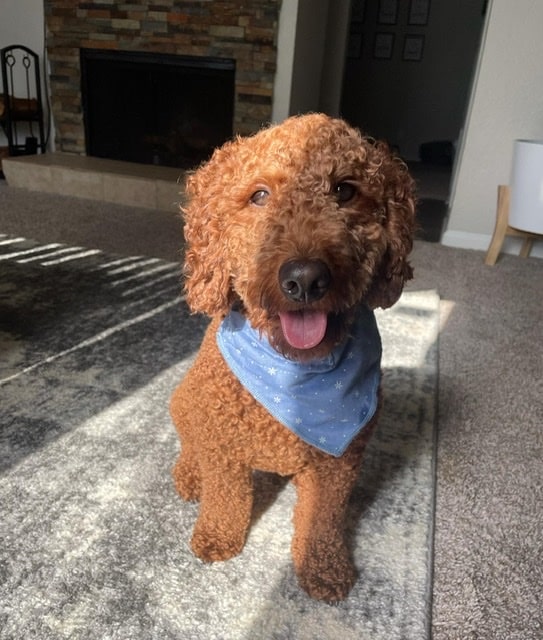
At the end of the day, the perfect pup for you will be the one with the right temperament to match the type of lifestyle that you and your family have. That’s not to say these other features aren’t important (some clearly more than others). That’s why it’s a good idea to have an understanding of all the things we are going to cover in this article before you make your final pick. First, we should start with the two parent breeds.
Golden Retrievers
Golden Retrievers, not to be confused with the startlingly similar Labrador Retriever, are massively versatile pups. Initially bred, as their name suggests, in a retrieving compacity, these days these clever canines are employed as everything from service animals to police dogs sniffing out contraband. It’s not just their smarts that make this possible but their loyal, loving, people-playing natures. This is what makes them such wonderful companion canines.
Poodles
Poodles, in their original Standard size, were also first created as retriever dogs in the backcountry of Germany. It’s unknown quite when or how other sizes of these dogs first appeared. Although it’s likely that people, upon recognizing the intelligence of these divine dogs, started breeding them for purposes other than hunting. They were often used as circus trick dogs, and a more miniature stature likely made them better for this. As time went on, they developed the qualities that make these pups the excellent pets they are today.
3 Interesting Facts About Mini Goldendoodles
- While you might expect Miniature Poodles to be the parent pups of these happy hounds, often, Toy Poodles are used to create even smaller-sized mini doods.
- The name Poodle is thought to derive from the German pudel, meaning puddle, because of how much these dogs seem to love water.
- That prized “hypoallergenic” coat isn’t guaranteed with the Mini Goldendoodle because of their varied genes, and dogs who do inherit it are often far more challenging to care for than their counterparts.
Mini Goldendoodle Physical Appearance
As mixed breed dogs from two quite dissimilar parents, it’s tough to predict precisely what your Mini Goldendoodle will look like. We know for darn sure that they will be absolutely gorgeous, though. Doodles have become popular among dog enthusiasts due to their “teddy-bear” good looks. This usually includes a cute face, bright eyes, long, hanging ears, and a wavy, shaggy coat.
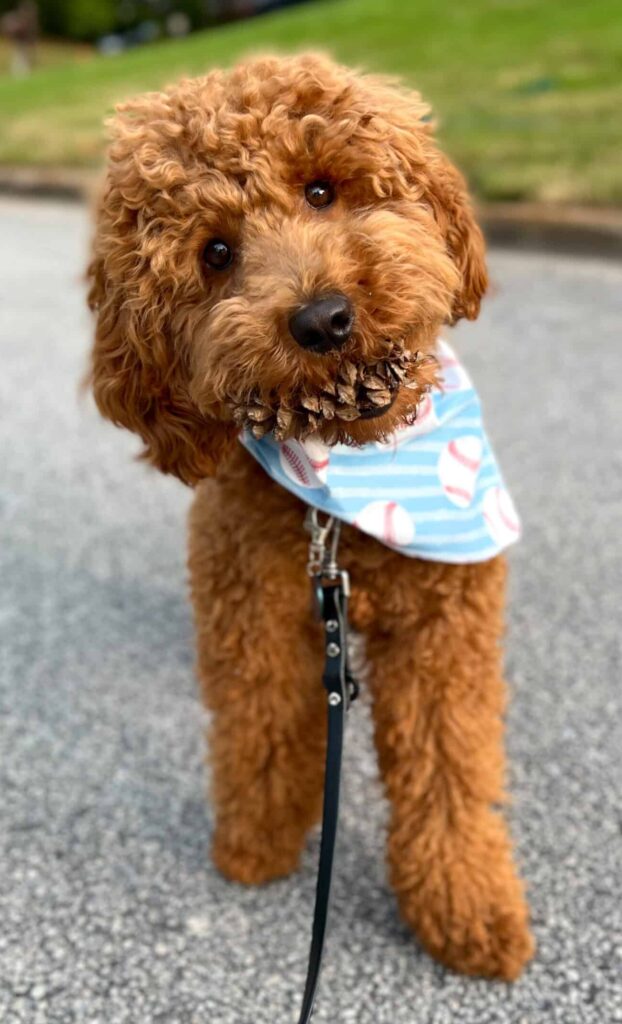
In terms of coat color, while the Golden Retriever only carries the genetic material for variations of that golden hue that they are named for, Poodles are veritable rainbow dogs. They come in black, brown, red, blue, silver, white, and almost every shade between. Poodles also have the potential for parti-color and multi-color coats, so don’t be surprised when you see Mini Goldendoodles that aren’t, in fact, golden.
Mini Goldendoodle Size
Mini Goldendoodle size is a complex matter; there’s little doubt about that. The biggest problem is that every breeder seems to have their own terms for the different sizes of these dogs, not to mention varying criteria. Couple that with the fact that some break them down into just three size categories, while others can have as many as seven, and this can be a real head-scratcher of an issue.
For the purposes of this article, we are employing the Goldendoodle Association of North America’s (GANA) size standards. The first and (to date) only self-proclaimed “breed” experts on Goldendoodles, GANA lists four specific sizes: Standard, Medium, Miniature, and Petite. As we have covered the smallest size of these dogs in our Teacup Goldendoodles 101 article, here, we will focus on the ones that fall into the 26 to 35 pounds and 14 to 17 inches to the shoulder range. They can be classified as small-to-medium-sized pups.
Mini Goldendoodle Personality & Temperament
Much like their larger cousins, Mini Goldendoodles are known for their sweet, friendly, playful, outgoing, and non-aggressive nature. This makes them excellent dogs to have around children as well as other dogs and animals too. A little early socialization goes a long way with these pint-sized, people-loving pups. They enjoy nothing more than plenty of time spent with their family doing just about anything.
And it’s not just family either. These gorgeous hounds tend to adore absolutely everyone they come across – especially if that someone happens to give them some attention. This does tend to mean that they make truly terrible watchdogs. They are far more likely to approach a stranger with loving licks than cautious barks. Truth be told, Mini Gs aren’t really all that mouthy at all as dogs go. This might be good news for you if you are worried about disturbing the neighbors.
That being said, the slightly velcro-like tendencies of these cute canines could put them at risk of suffering from separation anxiety if they are left alone for long hours while you’re at the office, and the kids are in school. This could give rise to a whole host of unwanted behaviors, of which barking could be one. While it’s always better that your pup gets plenty of company, be it from people or other dogs, providing them with a variety of suitable toys could help them stave off boredom when a little alone time can’t be avoided.
Mini Goldendoodle Variations & Generations
While Mini Goldies haven’t been around quite as long as Standard and Medium ones, the fact that they are much in demand means that there are plenty of breeders creating variations of these darling doods. Mostly this is done to ensure certain qualities such as the much-loved, low-shed, curly Poodle coat.
When people talk about the different generations of Doodles, they are referring to what parent pups were used to breed them and what this means regarding their genes. For instance, first-generation Mini Gs have two pedigree parents, but later generations may very well have Mini Goldendoodle or even larger Goldendoodle parents.
These are the more common types:
| 1st Parent | 2nd Parent | % Golden Retriever* | % Poodle* | |
| F1 Goldendoodle (first-generation) | Golden Retriever | Poodle | 50% | 50% |
| F1B Goldendoodle (first-generation backcross) | F1 Goldendoodle | Poodle | 25% | 75% |
| F1BB Goldendoodle (first-generation backcross backcross) | F1B Goldendoodle | Poodle | 12.5% | 87.5% |
| F2 Goldendoodle (second-generation) | F1 Goldendoodle | F1 Goldendoodle | 50% | 50% |
| F2B Goldendoodle (second-generation backcross) | F1 Goldendoodle | F1B Goldendoodle | 37.5% | 62.5% |
| F2B Goldendoodle (alternate cross) | F2 Goldendoodle | Poodle | 25% | 75% |
| F3 / Multigen Goldendoodle | F1B Goldendoodle or higher | F1B Goldendoodle or higher | Varies | Varies |

While breeders may take pains to assure you that a higher number of certain genes may lock fast certain qualities in their puppies, don’t always take them at face value. Genes are difficult to understand, even for the experts, and it’s not always possible to predict how they will play out.
Mini Goldendoodle Health
With different breeds of dogs at risk of different health conditions, you would be forgiven for thinking this would mean a double dose of trouble for delightful doods with their two pedigree breed parents. However, only inheriting the susceptibility on one side dramatically reduces the risk of genetic diseases.
That being said, as far apart as they may seem, Poodles and Golden Retrievers do share some common canine conditions. These pose a greater risk to your Mini Goldie, so you need to be aware of their various signs and symptoms.
Health issues seen in both breeds and smaller dogs in general include:
- Patellar Luxation – this is a condition where the dog’s knee cap slips in and out of where it’s supposed to be. If your pooch has this, they may walk with a weird skipping/hopping gait or drag the affected leg.
- Von Willebrand’s Disease – an inherited blood disorder that causes problems with clotting. There are no outward signs, but if your pet suffers prolonged bleeding from a mild injury, get them to the vet.
- Progressive Retinal Atrophy – this is a degenerative disease of the eyes whereby cells deteriorate over time, leading to sight loss. Pay close attention if your pup suddenly seems reluctant to enter dark rooms or starts to bump into things in dim light.
- Gastric Dilations Volvulus – otherwise known as bloat, GDV is most often seen in larger dogs, but little ones are not immune. The dog’s stomach fills with gas which can cause it to twist. Rapid eating and being fed just once a day increases the risk of this.
- Ear Infections – a frequent issue for dogs with long, pendulous ears, particularly if they are very hairy. Bacterial and fungus infections can be both irritating and painful for your pup. Avoid them by keeping your pal’s ears clean and, above all, dry.
- Allergies – common to dogs of all breeds and backgrounds, allergy symptoms result from the immune system’s abnormal response to a harmless substance. Most-seen symptoms include itchy, flaky skin and gastrointestinal problems like sickness and diarrhea.
On the whole, though, Mini Goldendoodles not only benefit from hybrid vigor – the additional health that being a mixed breed dog brings – but their size also means that they have a longer life expectancy than regular Goldies. You could easily expect your pup to be around for 12 to 15 years and even beyond with the proper care and attention.
Mini Goldendoodle Exercise & Training
Mini Goldendoodles, as intelligent, eager-to-please pups are very trainable as long as you pick both the right technique (we like positive reinforcement) and a suitable form of motivation (training treats work well for most dogs). These dogs can be very excitable, which makes them very easily distracted from the task at hand, so you need to be up to keeping things interesting.
Training will get easier as your pup gets older, but you shouldn’t put it off until then. Behavior shaping needs to start from day one, so you are putting rules and boundaries in place rather than having to reteach them to your pet after the fact. Baxter and Bella’s Online Puppy School is a great place to start if you need a little guidance with this.
In terms of exercise, Mini Goldies tend to end up with their Golden Retriever parent’s more exuberant, bouncy nature, which only adds to their charm. However, the littler versions of these dogs are not quite as active as the larger ones. So you can expect your pet to have reasonably modest exercise needs. 20 to 30 minutes of walks twice a day, mixed with games around the house, should serve them well enough and keep them comfortably content.
Mini Goldendoodle Coat & Grooming
There is this enduring myth surrounding Doodles that they don’t shed at all. This is wrong on a few levels. First of all, anything that has hair (or fur) sheds – that’s just a fact of life. Secondly, while the Poodle parent can gift their offspring with their single-layered, low-shed hair, it’s also just as likely (depending on the generation of the dog, that is) for a Goldendoodle to end up with their other parent’s double-layered coat which does shed.
Whichever coat your pup does inherit – the Poodle one, the Golden Retriever one, or a wavy mix of the two, they are going to need regular brushing. The exact amount will depend on which coat. While the Poodle hair may seem like the easiest of the two, if your pooch does get this one, they will require DAILY brushing to prevent tangles from forming.
For Goldendoodles of all coat types, we like the Chris Christensen range. Sure, these brushes might be a bit pricier than others, but unlike most of these others, these brushes can not only effectively take care of the knottiest of Doodle coats, but they are guaranteed to last, so you won’t find yourself needing to replace them frequently.
You’ll also need to think about other coat maintenance tasks such as washing and trimming, which will also both need doing on a fairly regular basis. Many owners choose to send their dogs out to professional groomers to have these taken care of. However, if you have the time and want to save yourself some dosh, you might consider caring for your pet’s coat at home. We have come up with some handy grooming articles and videos to help you with this.
Where Can You Get Mini Goldendoodle Puppies?
While there is likely to be a wide array of breeders offering these dogs, you need to be careful about the kind of facility you pick to purchase your puppy from. Not all places are on the up and up, and you could all too easily get caught up in some kind of scam. Here are a few red flags to look out for with regards to this.
Another common issue within Doodle breeding, as with pedigree breeding, are puppy mills. These facilities focus on turning a buck, putting this as a priority far and above the health and wellbeing of their breeding animals and the puppies they produce. Mini Gs, as popular pets, will set you back somewhere in the region of $1,600 to $2,600. If you run into a breeding offering you one of these gorgeous pups at much less than this, be VERY careful.
Aside from the fact that they are so much in demand, the reason these dogs are so costly is to do with how they are bred and cared for. A reputable breeder has all kinds of output that needs to be factored into the eventual price tag of the puppies, but much of this comes at great benefit to the future owners. For instance, better facilities health test their breeding animals to ensure they are in tip-top condition. This all but eliminates the risks of them passing on any heritable diseases to their offspring.
To ensure the breeder you have your eye on is reputable, it’s a good idea to check expert sites for recommendations. Our own breeder directory is a great place to start. Over and above this, be sure to check reviews before laying down any money. We don’t mean testimonials from the facility’s own site. Try searching them out on social media, GANA, and The Humane Society’s website to see what comes up.
Mini Goldendoodle Frequently Asked Questions
Mini Goldendoodles are considered more hypoallergenic than certain other breeds. They are certainly marketed that way due to the chances of them inheriting the Poodle low-shed coat. However, this is not guaranteed. A Mini G with more Poodle genes (F1B, F1BB, F2B, F2BB) stands a better chance of being relatively hypoallergenic, but, again, it’s not always a given that they will be.
When breeders advertise Mini Goldendoodles, they generally mean dogs that, at their mature size, sit somewhere between 26 to 35 pounds and 14 to 17 inches to the shoulder. Mini Gs fall within the small-to-medium-size canine category. If you are looking for a smaller pup, check out the Teacup Goldendoodle instead.
It’s hard to come up with specific cons of any dog type, really, and the Mini Goldendoodle is no exception. These dogs work for some families and not for others. Although to be fair, Mini Gs are super versatile, and there are not many setups that would not suit them. You do need to take care of smaller dogs and young children as there can be a risk of injury with rough play, though.
Final Thoughts
Mini Goldendoodles are dream dogs for anyone looking for all the benefits of owning a Golden Retriever. They are said to be the best family dog currently out there, but with lower shedding coats and a more manageable size. If you think that one of these darling Doods might fit very nicely into your family, just make sure you really think through the time and effort needed to care for them before taking one on. Hopefully, the information provided here goes some way towards helping you understand the Mini Goldies specific needs as well as all of the advantages these pups can offer the right kind of owner and/or family.

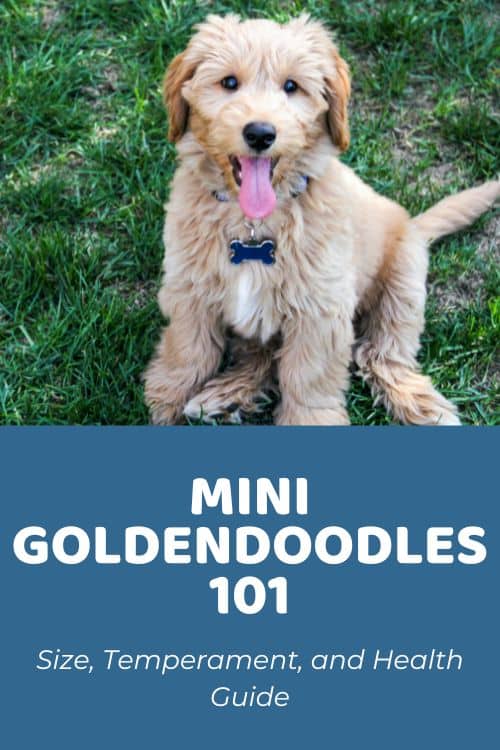
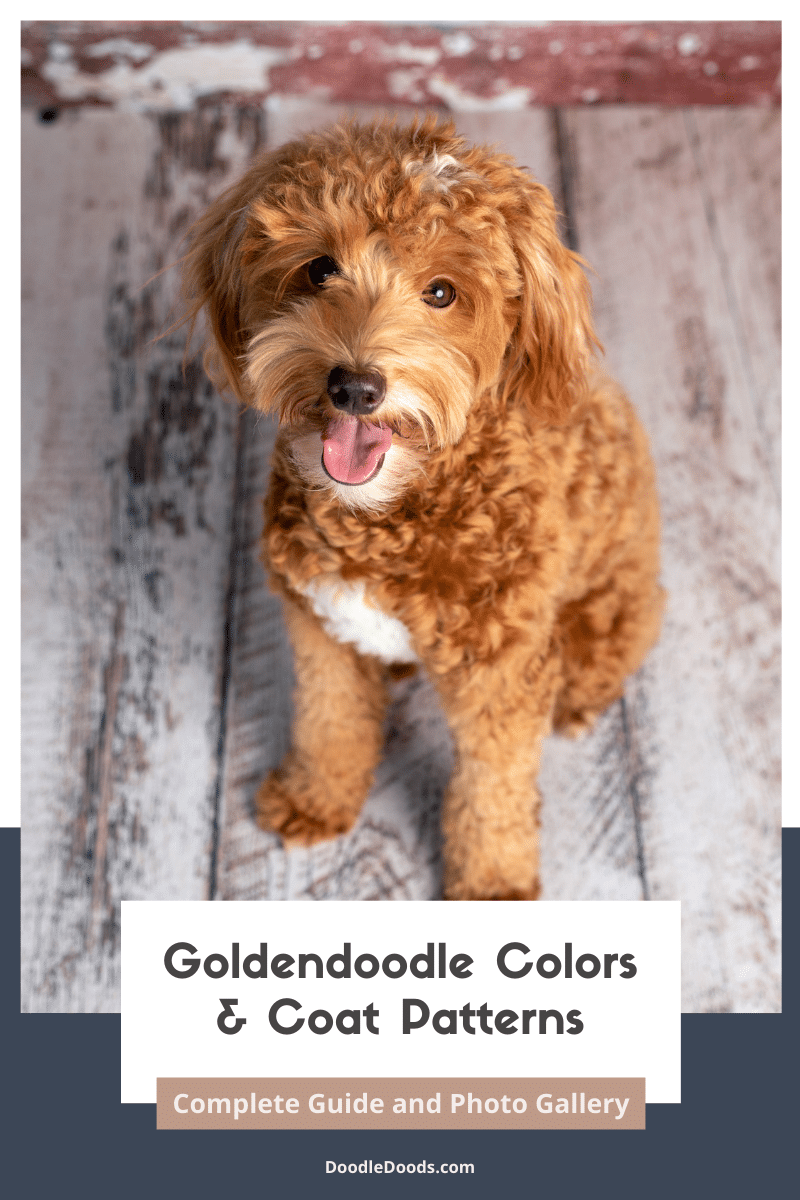







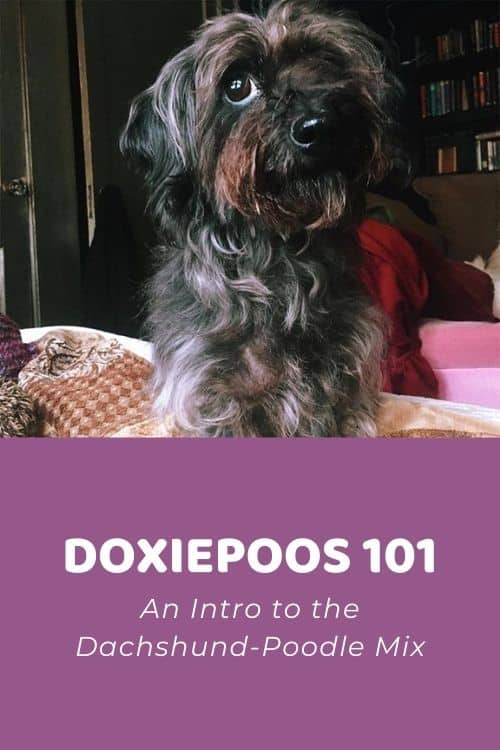
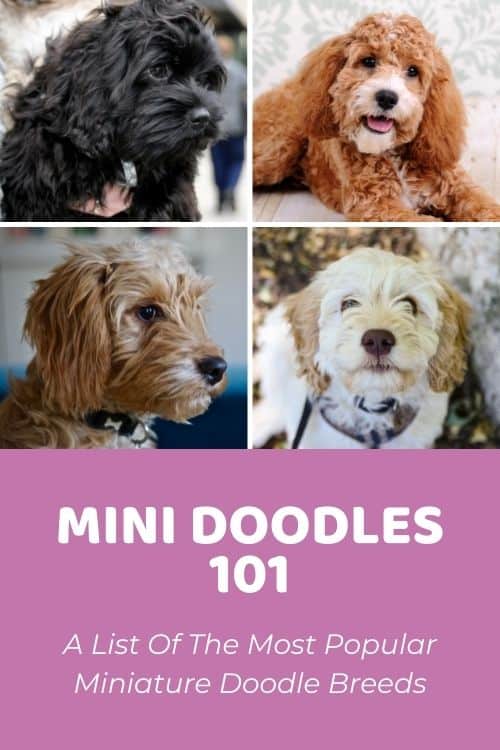
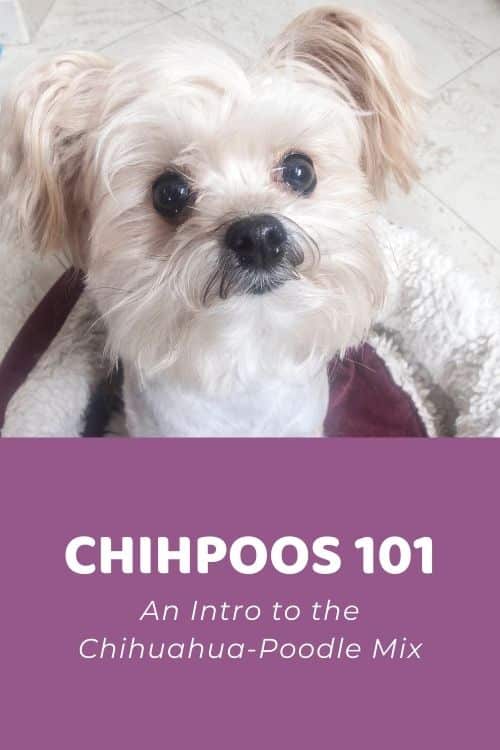

I was looking the information about Mini Goldendoodle when I Came Across on your post, Awesome your post helped me a lot. Thanks keep it up..
November 13, 2022 at 10:19 pm